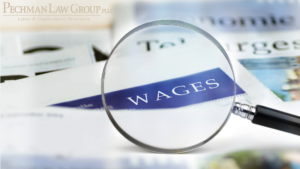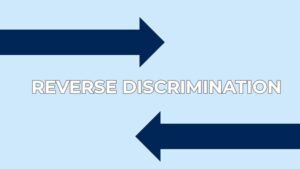
The National Labor Relations Board’s (NLRB) Final Rule governing representation case procedures adopted in December 2014 took effect on April 14, 2015. The Final Rule has significantly changed the NLRB’s longstanding union election procedures and eliminated many of the steps that employers have relied on to protect their rights and the rights of employees who may not want a union. Among the most important changes contained in the Final Rule are the following:
- Electronic filing and transmission of election petitions and other documents.
- Representation hearings take place within eight days of the filing of the petition.
- Employers have to provide the NLRB and any union that files a petition with a list of the employees’ names, job classifications, shifts, and work locations before the hearing.
- Employers have to submit detailed position statements before the hearing date identifying any and all issues that they believe exist with respect to the petition. This includes issues concerning eligibility, inclusion or exclusion from the unit, supervisory and managerial status, and whether the unit that the union seeks is appropriate. If an issue is not raised in a position statement, it will be deemed waived.
- The Regional Office will generally deny employers the right to have important questions concerning eligibility and supervisory status resolved before an election.
- Employers no longer have the right to file post-hearing briefs on issues that are litigated at a representation hearing. Instead, parties are limited to arguing their positions in closing statements unless the Regional Director decides that briefs are necessary.
- Employers no longer have the right to appeal a Regional Director’s decision before an election is conducted.
- Employers are required to provide unions with employees’ telephone numbers and email addresses, to the extent that information is available, as part of the “Excelsior list.” The list is due in two days rather than seven days.
- The Board’s review of a Regional Director’s legal findings and conclusions is severely limited.
- There is no longer a minimum time period for the pre-election campaign because the Final Rule eliminated the minimum twenty-five day waiting period between a direction of election and the election. Rather, the Regional Director “shall schedule the election for the earliest date practicable,” which could be as early as fourteen days after the petition is filed.
These changes tilt the scales of a union election in labor’s favor. Employers will have less time than under the former rules to discuss issues regarding unionization with their employees. Moreover, if a Regional Director does not allow voter eligibility issues to be addressed prior to the election, employers may be unable to rely in a campaign on individuals they believe to be supervisors, but the union believes to be eligible voters, without significant risk of unfair labor practice charges and election objections.
The consensus among labor lawyers is that the NLRB’s new election rules will give a boost to union organizing. The best practice for employers who are faced with a union organizing campaign is to respond with urgency as NLRB elections may soon be looking like shotgun weddings.



